Reworking the Familiar: Sarah Zapata’s Multicoloured Yarns
Contemporary American fibre artist Sarah Zapata reworks the ancient traditions of weaving for the 21st century, playing with how technicoloured yarns, shaggy textures and garish colour clashes can be transformed into larger-than-life sculptures and installations. Her work may appear entirely new and experimental, but she insists it pays homage to the history of Peruvian woven textiles to which she has a deep personal connection (her father is from Peru), as well as the familiar family practices of weaving that so many of us have encountered, one way or another. Zapata says, “I’m interested in exploring the familiar, like capital ‘F’, with this material that everyone has a relationship to. Whether it’s through a grandma, mother, or friend, everyone’s encountered yarn and some of these pastimes and techniques associated with it.”
Zapata was born in Texas to a family with mixed cultural heritage – her mother, an American classical musician, married a Peruvian man. Zapata notes how textiles were a part of her upbringing on various levels, noting, “Sewing and stuff like that I learned from my grandmother… and my grandfather was a textile salesman in Piura, where my family is from, so it feels like this weird continuation.” Conversely, Zapata’s strict, religious upbringing pushed her to find creative outlets where she could. She says, “When I was a kid, I felt like I had little agency or control, but I found that I could control how I adorned my body. So I made my own clothes with hot glue, painting them and adorning my body the way I wanted to.”
From here Zapata went on to study fibres at the University of North Texas, and it was here that she made her first woven fabrics. She experimented with how various fibres and papers could be brought together into large-scale, sculptural creations. But it was while working at a yarn company in Brooklyn, with steady access to a multicoloured array of discarded scraps that Zapata first began to toy with the brilliantly coloured language of making that has earned her recognition today.
Making tactile, woven rugs also became a powerful catharsis for Zapata as she was coming to terms with her queer identity, a chance to be grounded in the experiential moment, as she explains, “I’m originally from Texas and when I moved to New York in 2011 after college I was dealing with a lot of guilt and shame digesting my life … so … I started making rugs as a way for me to relate to the body but be in control of exactly how I did so.” It was also a chance to Zapata to connect to her Peruvian family heritage, as she embraced many of the patterns, textures and techniques from Peru, and updated them into her sculptural, garishly coloured patchworked creations. Some seem to crawl up from the floor into the space around them, while others lean slumped against the wall and spill outwards onto the ground below, covering vast areas of the floor like a carpet of crazy paving.
Stripes have become a recurring pattern in Zapata’s work, which she has chosen for their complex, politicised history. She notes how, “from the medieval period onward stripes were used to delineate people who were on the fringes of society,” and this was, in part, how they came to be the uniform of prisoners. Yet they also have more positive associations, such as the American flag, which is a distinct marker of her own identity. Another recent development is the inclusion of faces, which she says nod towards the trophy heads and ceramics of the pre-Colombian Moche people, noting how, since ancient times, “Faces represent presence, justice, severity, anger.” Whichever direction Zapata goes towards in the future, she says, “My practice will always come back to weaving.” For her, it is the ultimate means of self-expression, offering her room to slowly build a language of her own over time. “Through a structured process,” she says, “there is so much abstraction that can be done on the loom. It is a technique that demands patience and meditation.”





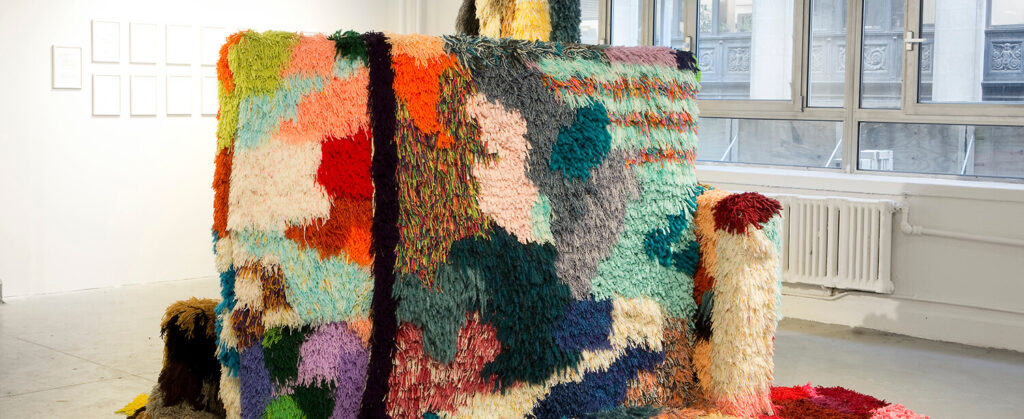

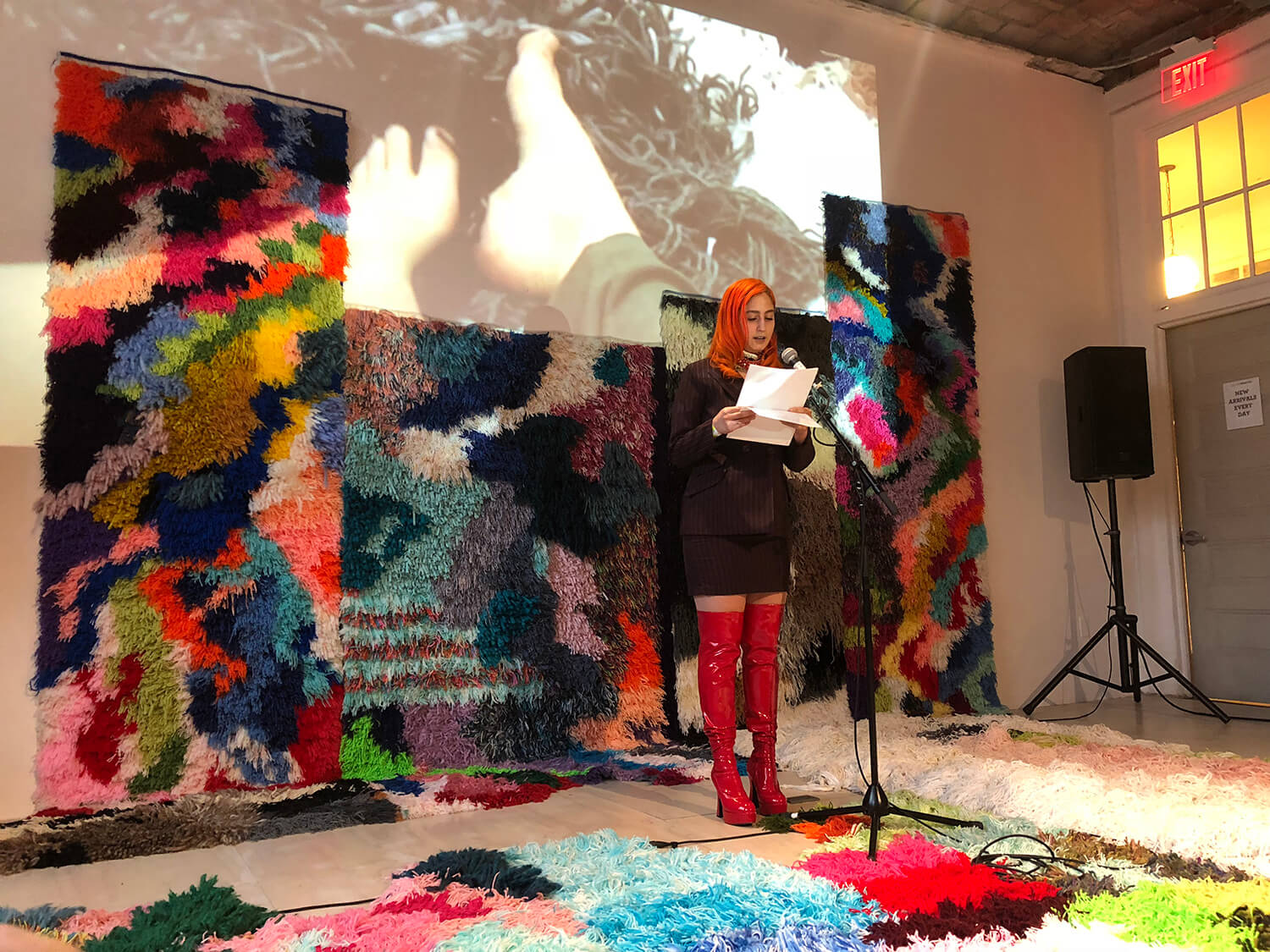
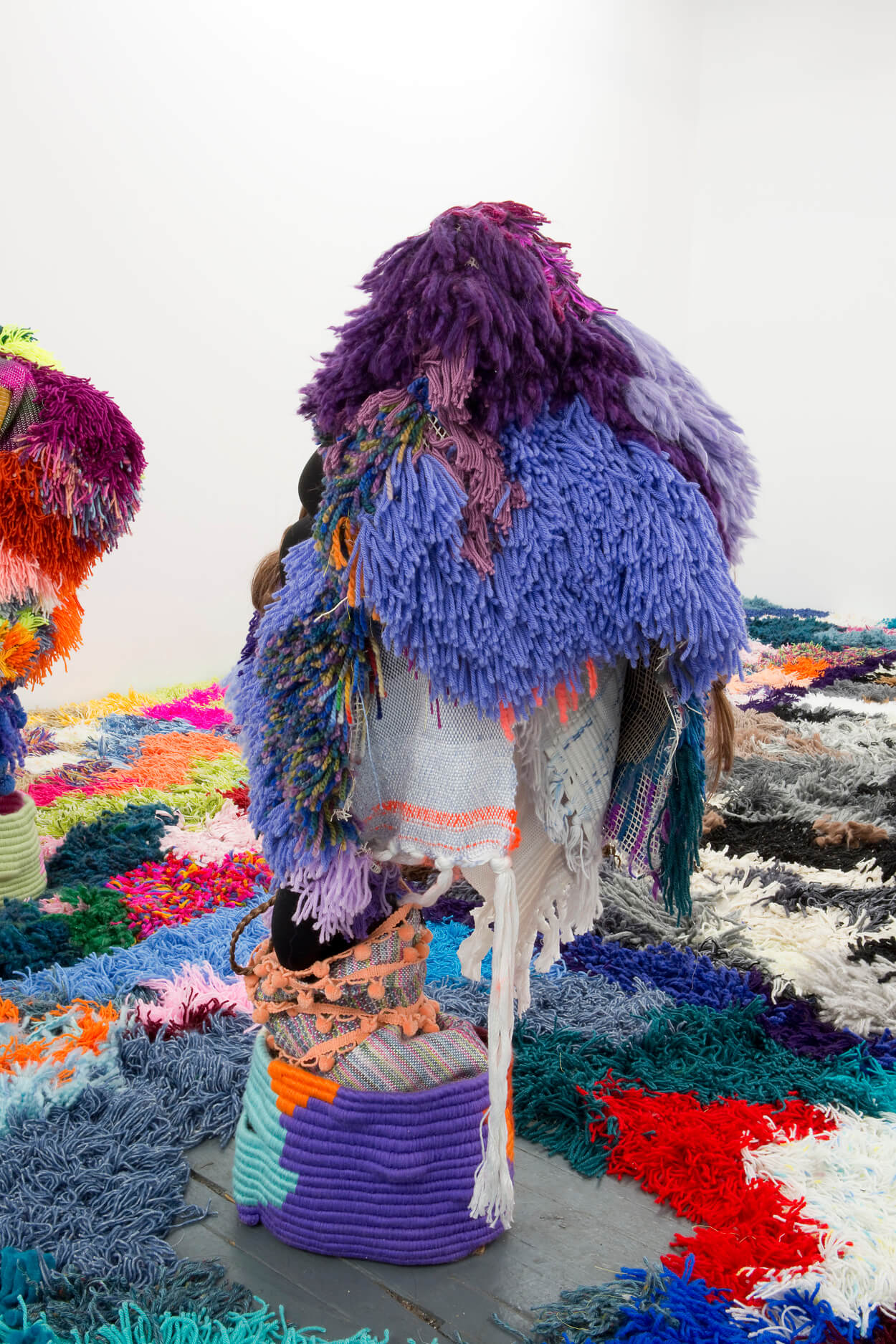
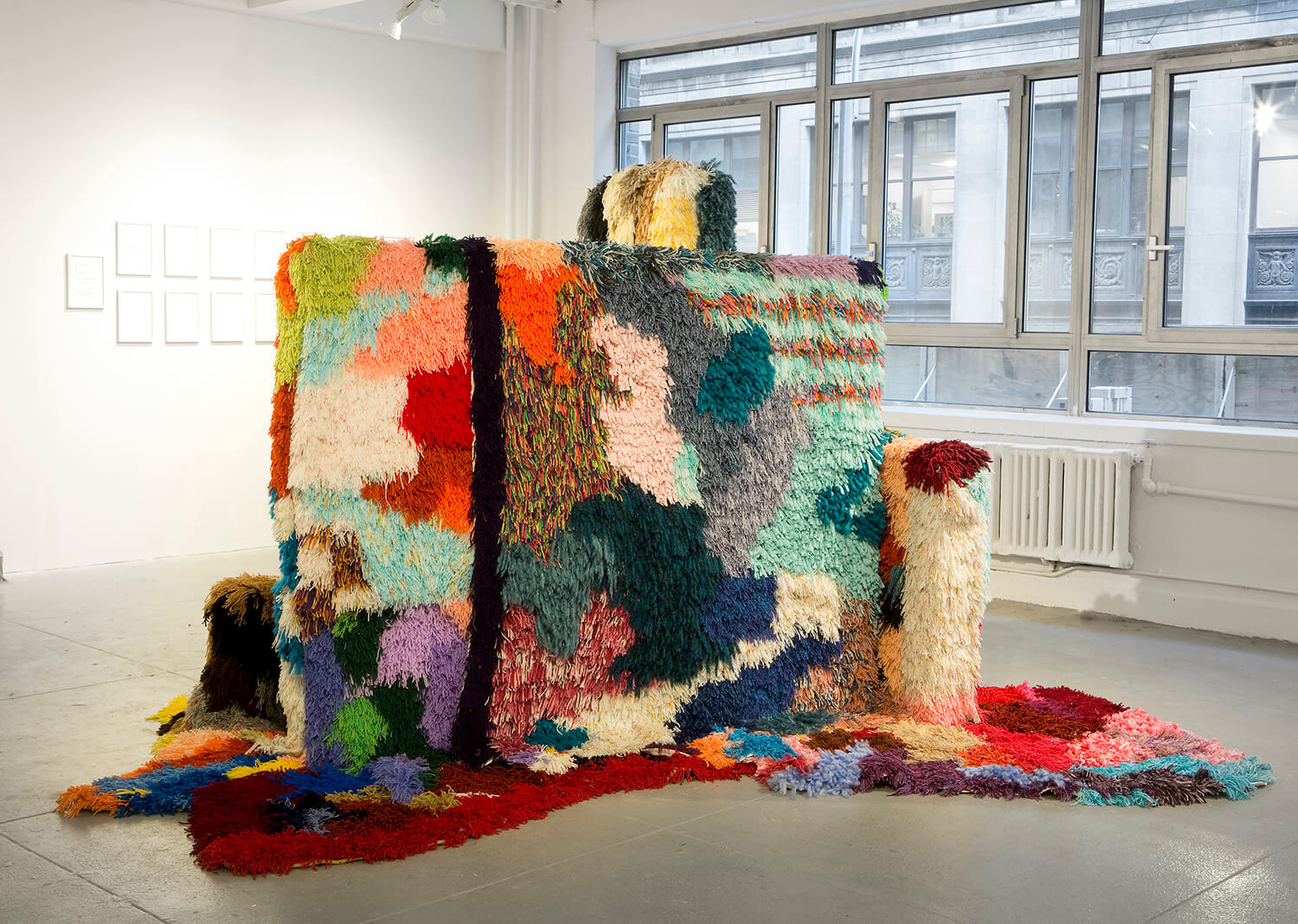




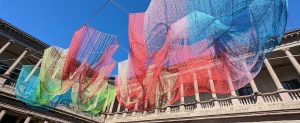



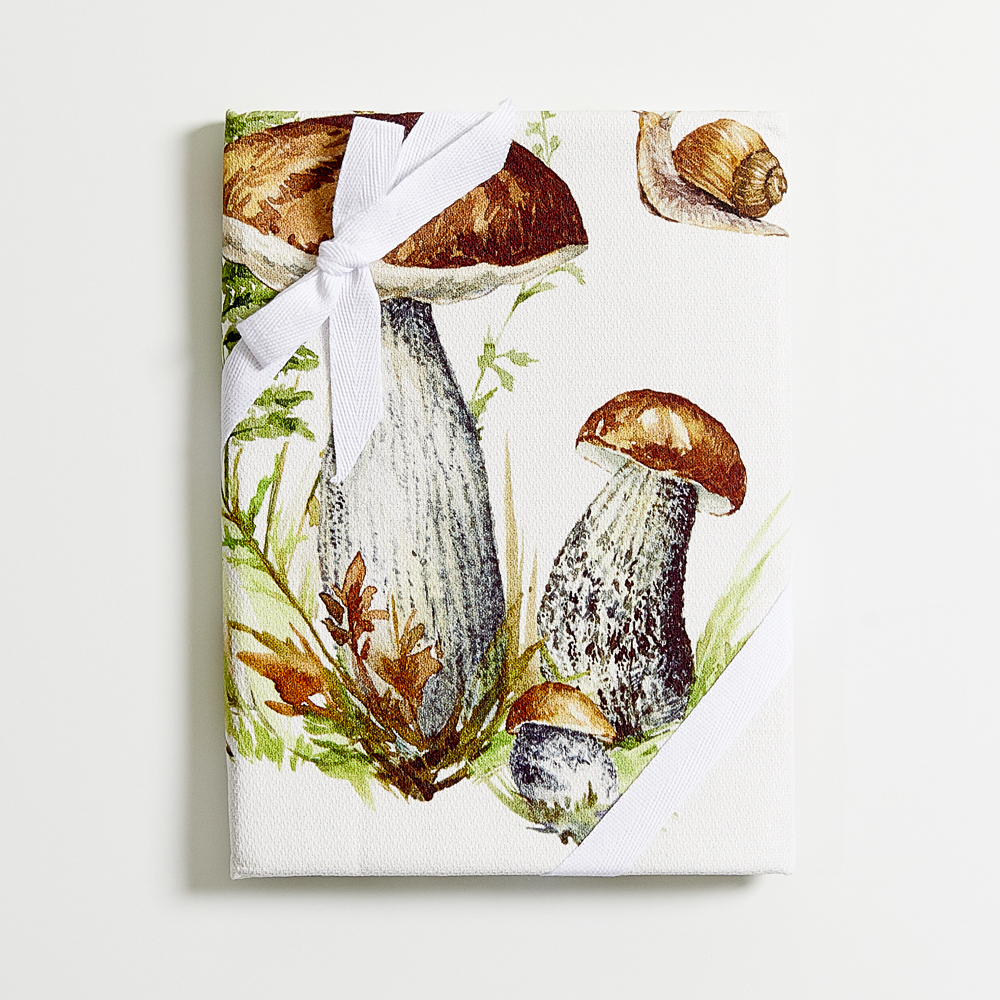







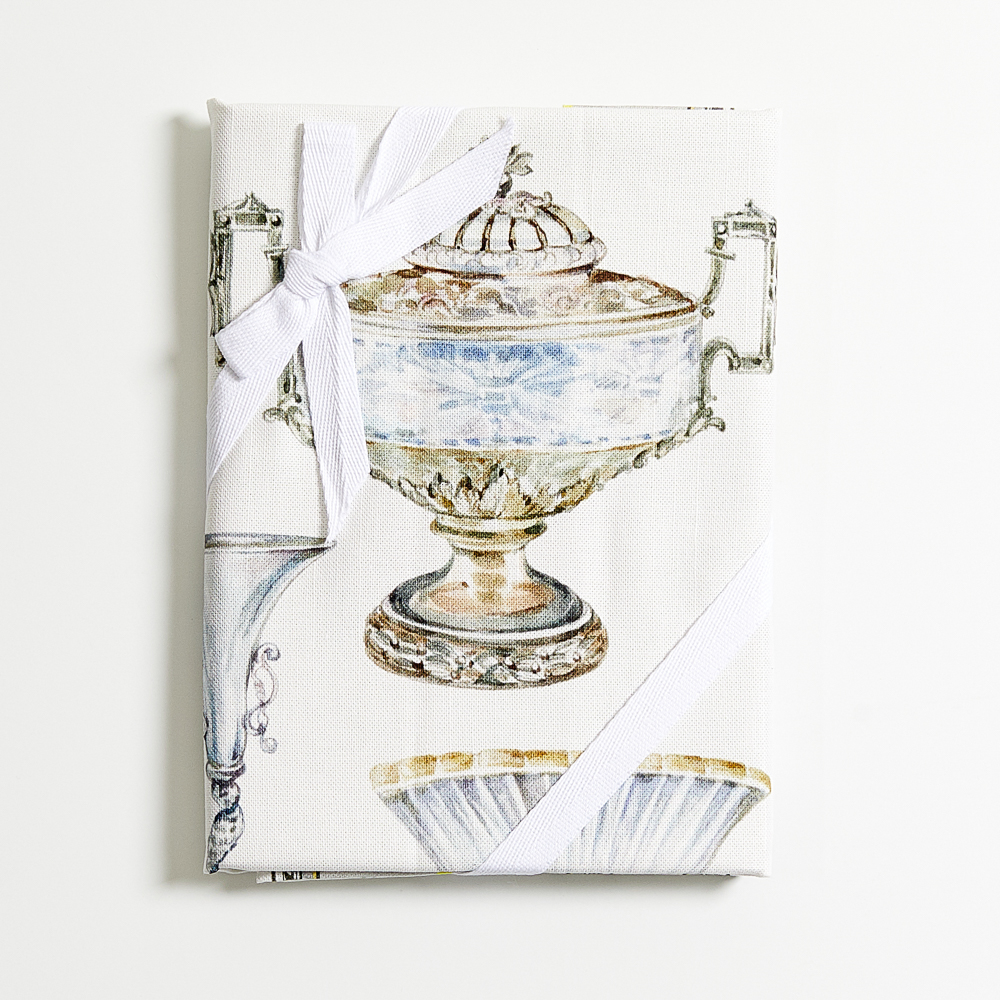






One Comment
Marie Weber
Bold and soft 🙂